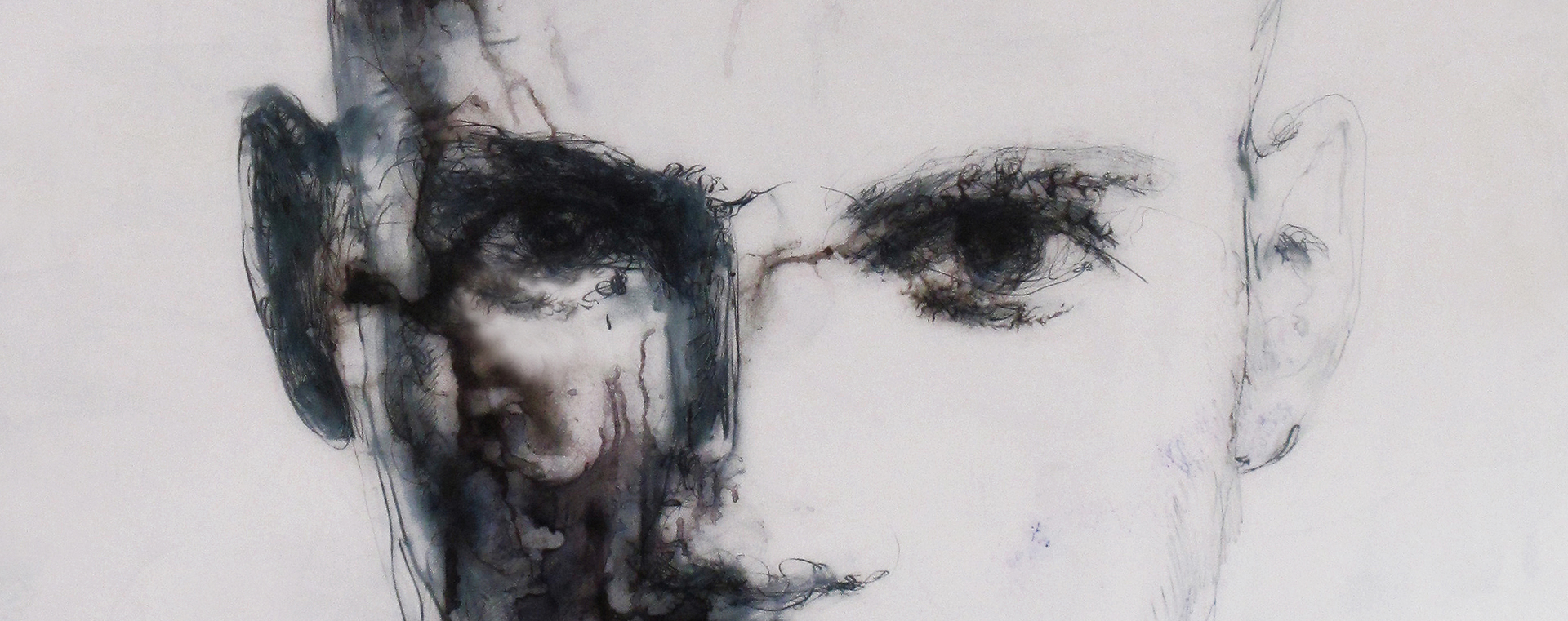DAVID CAMINER
PLASTIC SURGEON
A CONFIDENTIAL ENQUIRY
A CONFIDENTIAL ENQUIRY
A CONFIDENTIAL ENQUIRY
A CONFIDENTIAL ENQUIRY
EAR SURGERY (Otoplasty)
Otoplasty or correction of prominent ears is an excellent procedure performed to correct ears that stick out from the sides of the head too much.
There are basically two causes of prominent ears, either an underdevelopment of the antihelical fold or a prominent conchal bulb or both.
Underdevelopment of the antihelical fold
This is the fold just inside the outer rim of the ear and if this has not folded back enough, then the ear protrudes out from the side of the head more than normal.
Prominent conchal bulb
The second cause of prominent ears is a prominent conchal bulb, which is the hollow in the ear just outside the ear canal. If this is excessively deep or large, the ear will stick out too much, giving rise to a prominent ear.
The procedure to correct prominent ears
Otoplasty can correct one or both of these causes at the same time. The procedure is performed via an incision over the back of the ear, which is very well camouflaged and virtually never seen.
There are numerous techniques described to correct prominent ears, however I have chosen a technique that works very well in my hands. I prefer not taking down the entire ear cartilage, but use an anterior scoring technique which results in a natural bend to the antihelical fold, rather than the sharp angle produced with other methods.
I then use permanent sutures to keep the ear in a more natural position and these sutures can be tweaked to give the ear just the right amount of natural curve. If the conchal fossa is also enlarged I prefer advancing this conchal fossa, rather than excising cartilage from this area.
The operation is usually performed under a general anaesthetic, although local or assisted local anaesthetics are also common. The procedure takes approximately 45-60 per side minutes and is a day only procedure.
Post-operatively, I like patients to wear a headband for a week (day and night), at which time I will remove this in my office, however I still like patients to wear a headband, just at night, while sleeping for 3 weeks.
The usual time for children to have this operation performed is before they start going to school at about 5 years of age, but it can be performed at any time after this age with excellent and natural results – it is never too late have this procedure performed.
Earlobe reduction
Some patients come in requesting earlobe reduction for hanging or bulky earlobes. This procedure is subtle with hidden scars and can be done in the rooms or day surgery procedure with little down time.
Split earlobes
Many patients present when their earrings have pulled through their earlobe holes causing a split earlobe. This often happens when there is some inflammation in the earlobe hole and heavier earrings are worn. It often happens in women after their fourth decade.
The aim in correcting split earlobes is to give the earlobe a natural contour without any notching. The operation is mostly performed under local anaesthetic in my rooms or in a day surgery facility. I recommend closing the hole initially and re-piercing the earlobe a month later.
Enlarged earlobe holes can be corrected before they split. This is a simpler procedure than correcting a split earlobe. Similarly the hole is closed completely and repierced a month later.
A few people have it as they lack bulk in their earlobe if their earrings do not sit well. This is best corrected with temporary filler injected into the earlobes to bulk them up.
A few final words
This procedure is one of my favourites to perform, because it makes such a huge difference in the lives of children and young adults. To see the difference in their demeanour, before and after the operation, when their ears are no longer causing them embarrassment and their self confidence. The fact that this is a fairly quick and relatively painless procedure is also very gratifying.
So in conclusion, otoplasty is an operation that can be performed once a child is 5 years of age, is fairly simple and quick to perform and one that has a profound and long lasting effect on the lives of children and adults.
Post Procedure Facts & Advice Send A Confidential Enquiry Meet Dr David Caminer

